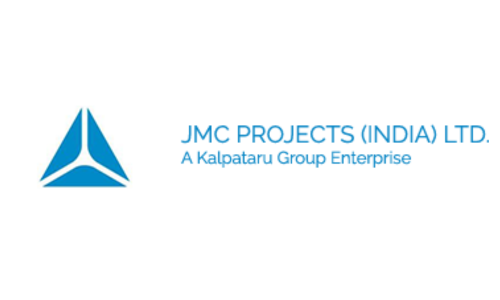Loads and Pressure on Concrete Formworks - An Understanding
Forms bear a lot of pressure and exertion throughout their service life. The construction sites generally keep the forms exposed to harsh and challenging conditions both externally and internally.
From withstanding the gusts of wind to bearing the load of machinery, drilling friction and more, the best formworks need a sturdy build to remain intact and perform optimally. The following is a list of different loads a form might experience during a construction process.
Vertical Load
The vertical load experienced by a formwork can be of two varieties – dead load and live load. Formwork load, moulded fresh concrete, and steel enforcements are a few varieties of dead loads that a formwork might experience. The dead loads are permanent loads which result from the weight of the structure itself or from other permanent attachments, for example, drywall, roof sheathing and weight of the truss.
On the other hand, the weight of the equipment, tools,material storage, and runways, and accelerating and braking forces from buggies and other placement equipment, and workers are some of the live loads the structure experiences. Therefore, the best formworks must be strong enough to withstand all these and more. According to the specific guidelines, forms made for allowing labours to use screeds, hoses, and vibrators should bear 2.4Kpa live load.
If the construction process involves buggies or motorized vehicles, the load should be 3.6 Kpa. The guidelines further specify that the combined load of dead and live load should be between 4.8 Kpa and 6 Kpa for sites using motorized instruments.
Lateral Pressure Of Concrete
Lateral pressure is another critical factor for calculating the overall load requirement of a form structure. Forms made of any material remain exposed to several types of pressures and loads of which lateral pressure remains an unavoidable one.
Mostly, when concrete placing takes place, the friction generated increases the lateral pressure. Additionally, lateral pressure may alter due to several other factors such as concrete temperature, placement rate, and internal frictions.
Therefore, different construction sites require different lateral load adjustments for specific forms. Formwork in construction remains indispensable and to make durable and pressure-resistant forms, the manufacturers should take care of the lateral pressure calculation diligently.
Horizontal Loads
Wind, equipment stopping and starting, concrete dumping, and inclined supports remain some of the most common sources of horizontal loads. Therefore, the best form manufacturer in India pays enough attention to the fact that the structures remain braced against such loads.
Generally, for a large building, the horizontal load remains 2% of the entire dead load or 1.5 KN/mtr., of the edge of every floor. Depending on the pressure a particular form is expected to experience at a certain location or area, the form bracing should be done.
Special Loads
All construction sites do not operate the same way. Therefore, the load experienced by the form also remains substantially different for different sites.
A few varieties of construction conditions like loads due to reinforcement concentrated, machine-delivered concrete impact, unsymmetrical concrete placement, loads due to form handling, uplift, etc., remain quite uncommon.
However, if a construction site deals with any of these conditions, the forms need to be constructed accordingly.
NovaFormWorks is one of the formwork manufacturers in India. Its range of eco-friendly, reusable, durable, and modular plastic forms remains one of the most popular choices of modern construction companies.


































